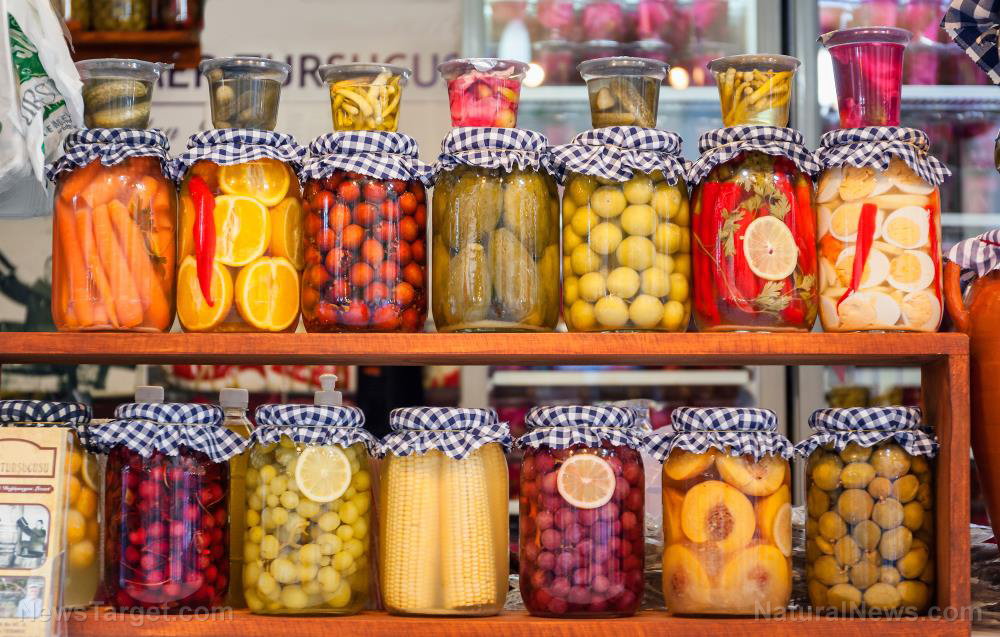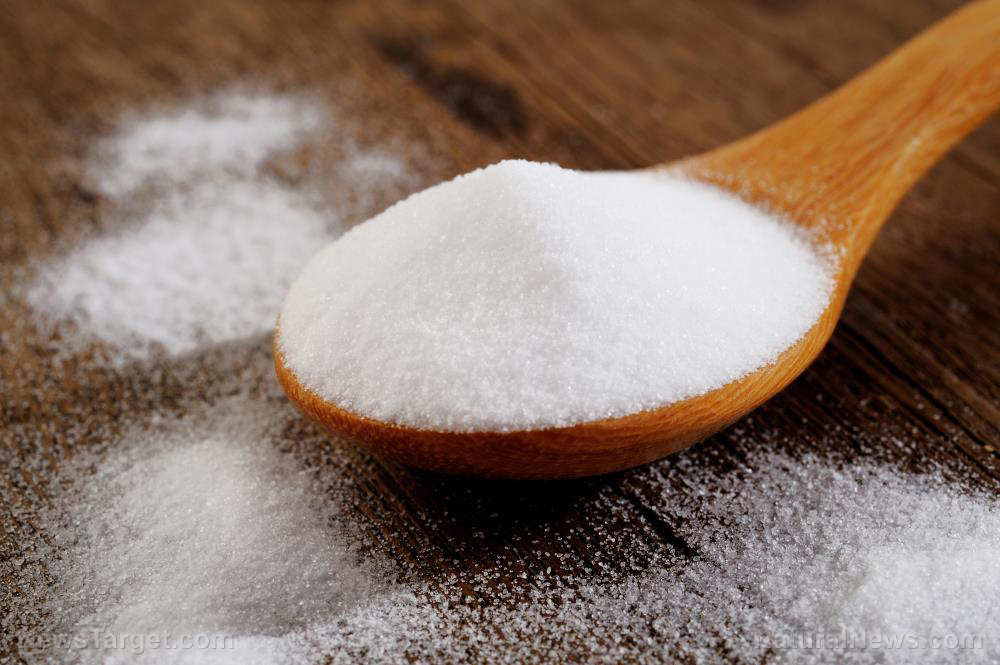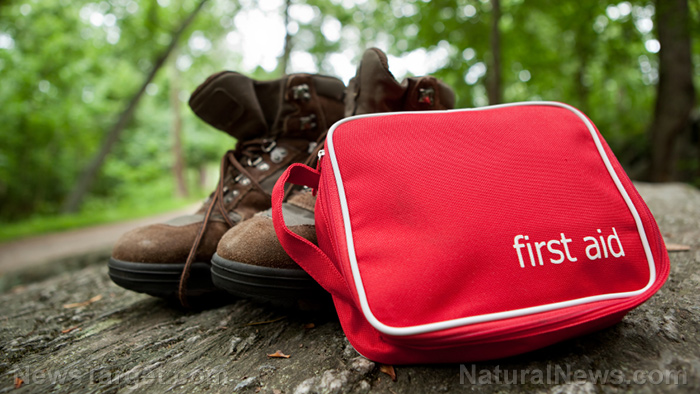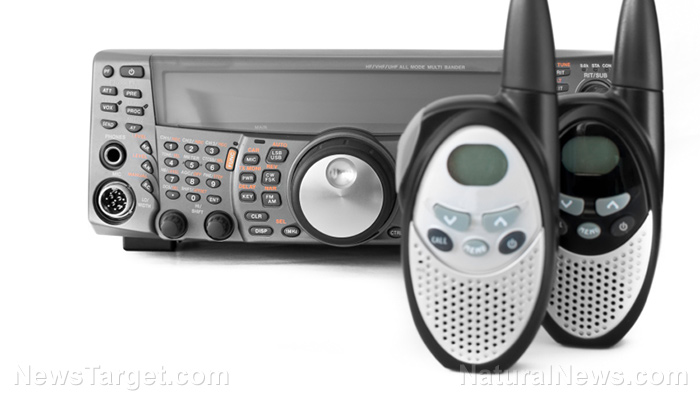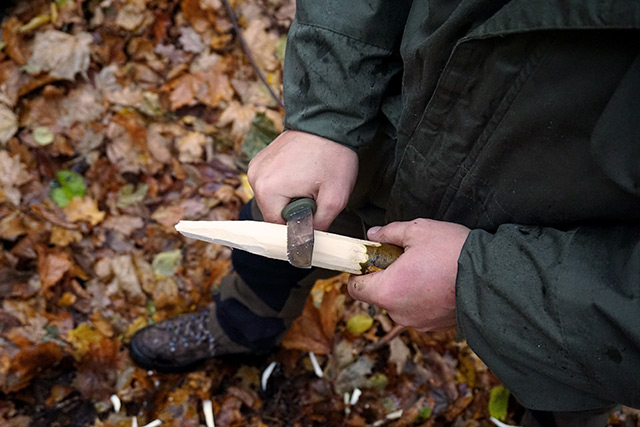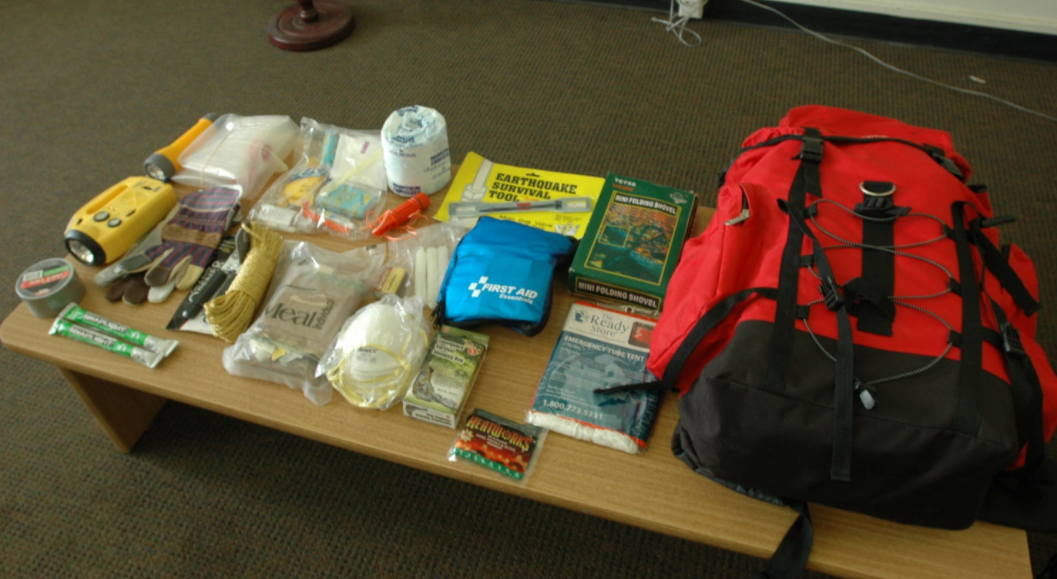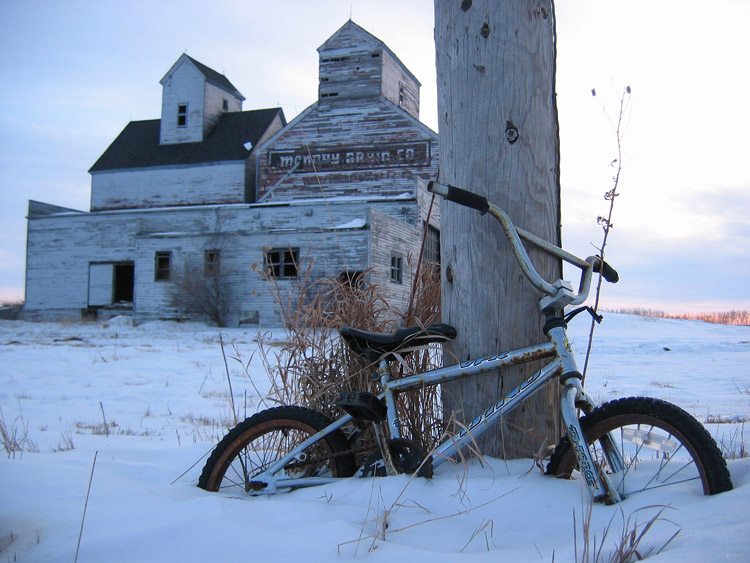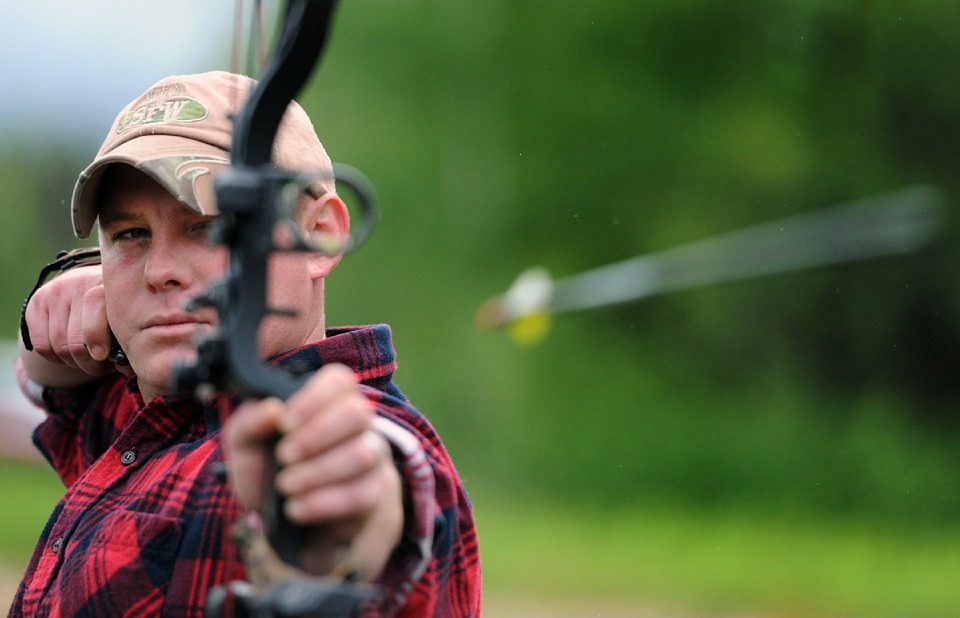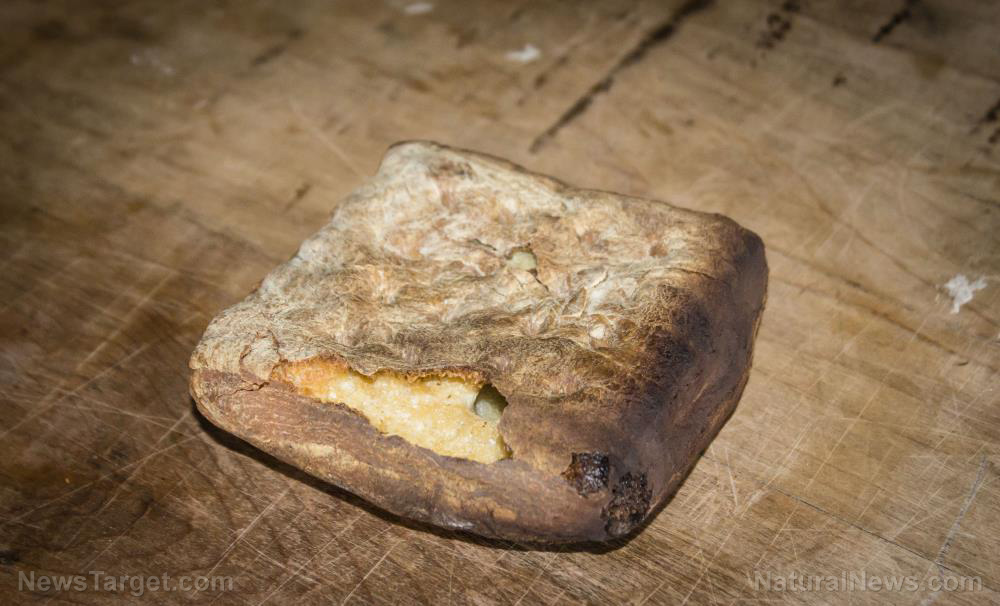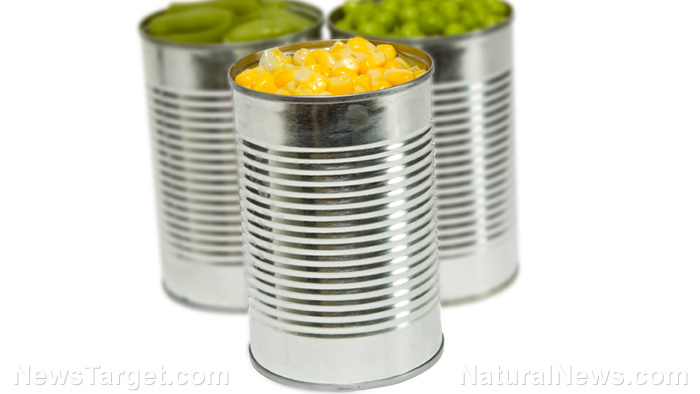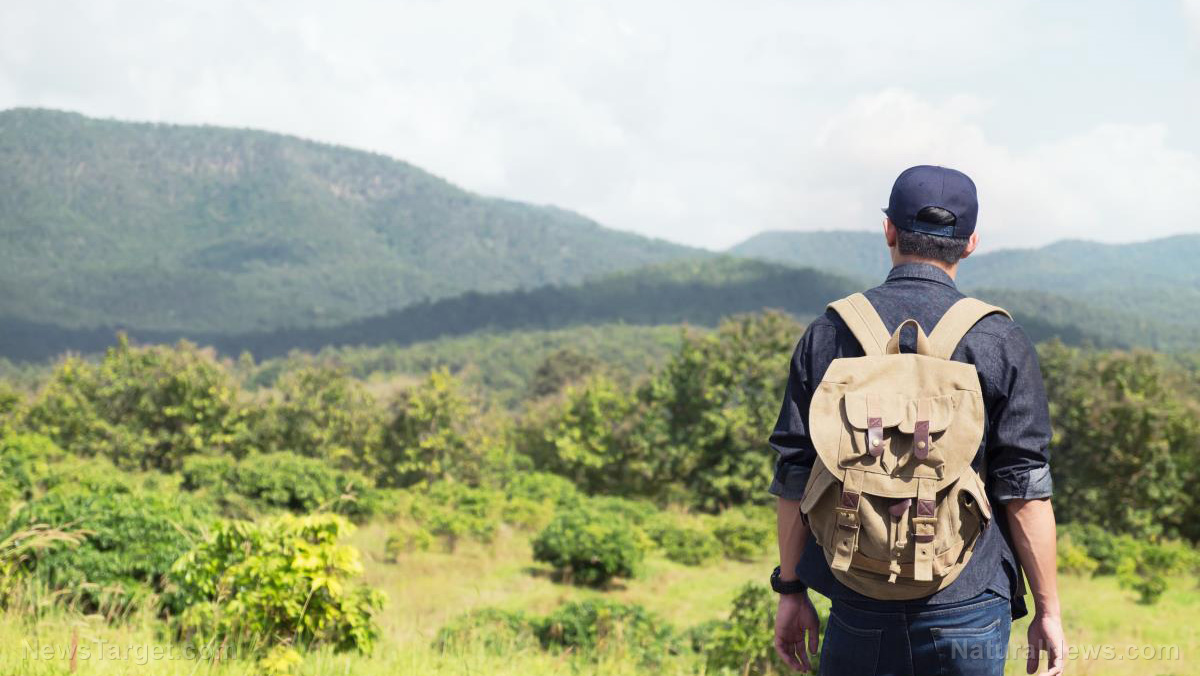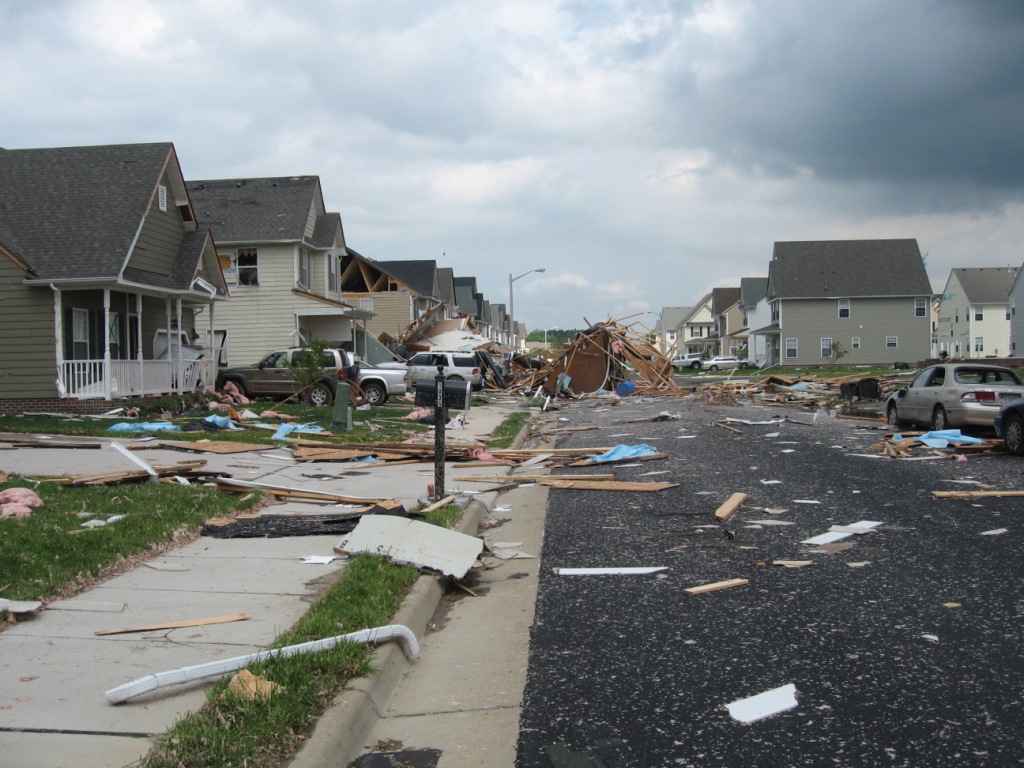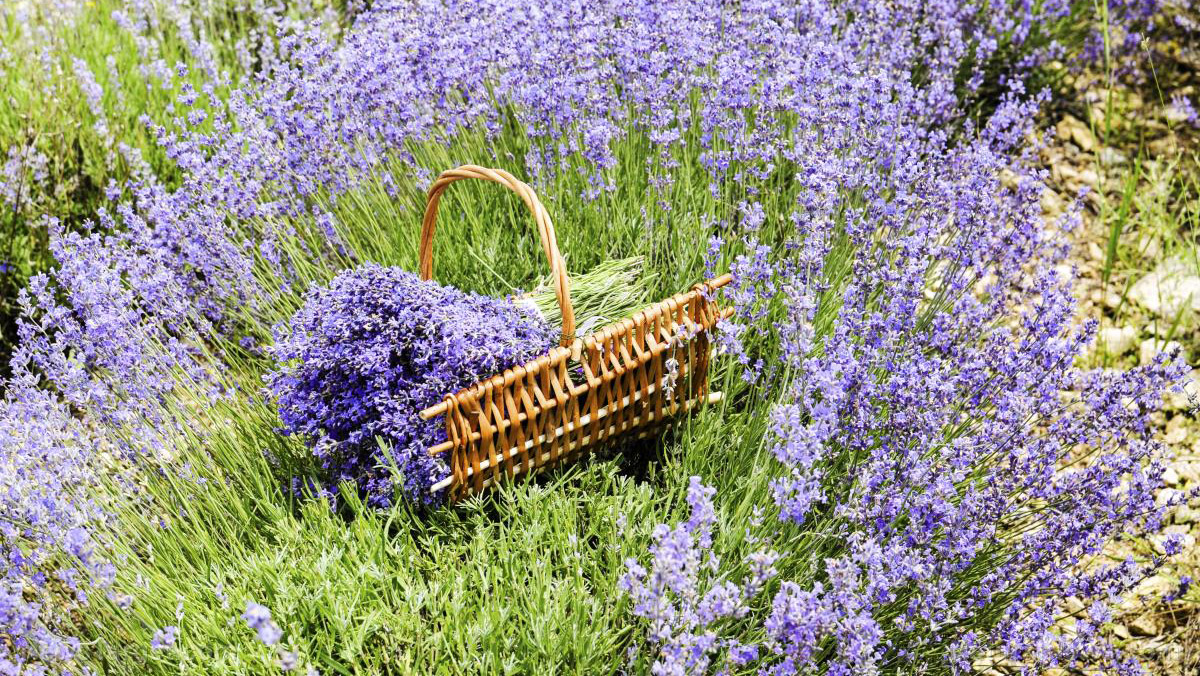Tips for selecting the best knife for your gear needs
07/01/2018 / By Rita Winters
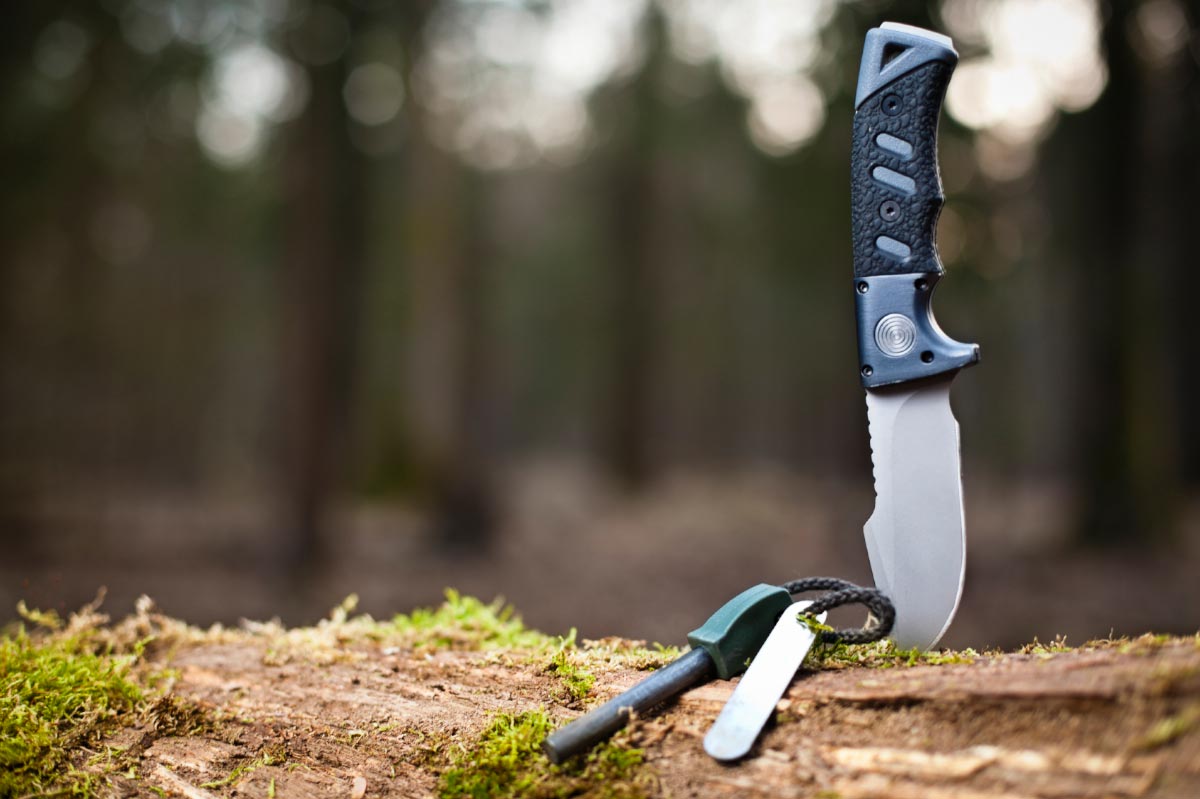
Having a knife may come in handy, especially during situations where you need to cut something fast (like a seatbelt) or whittle up some utensils for survival-mode dining. However, not everyone knows what the different types of knives are, how, when, and where to use them. Here’s a quick guide on selecting the best knife for your everyday (or emergency) needs. (h/t to the survivalists at GearInstitute.com and SurvivalBased.com for these tips.)
First, you have to determine your purpose for carrying a knife. Are you an outdoorsman who needs an all-around knife? Are you a hunter in search of a field dressing knife? Do you live in a city where danger lurks at every corner? Depending on your needs (and what state you live in), the type of knife is crucial. You wouldn’t want to buy a hunting knife if you’re only a backpacker, lest you be mistaken for a criminal in conservative cities. Backpackers often go for short, foldable knives that are convenient for everyday troubles, such as cutting a box open, or for eating a freshly-picked fruit. Hunters, on the other hand, opt for longer, fixed blades that are sharp enough to skin a rabbit in less than a minute. The following are knife types that are most commonly used today.
- Assist-opening – Many people wrongly call this a “switchblade” but it doesn’t switch at all. Instead, it flicks open after a manually doing so. This knife is good for backpackers because it usually has a short length, and is safe (because it’s foldable).
- Bowie – Popularized by the 19th century American pioneer Jim Bowie, known for his prominent role in the Texas Revolution. It’s really a fighting knife, but can also be used to skin or butcher some game.
- Clip folder – It’s a folding knife great for backpackers and casual hikers. It has a built-in clip that allows you to hang it on a pocket or belt for swift accessibility.
- Dagger – Unless you’re looking to have a brawl with a bear anytime soon, this isn’t really that handy outdoors (it’s more commonly used in fights).
- Multi-tool – It’s a simpler version of a Swiss Army knife (we’ll get into that later) with fewer features with a modern handyman feel. The main difference is that the multi-tool almost always has pliers and is more rugged-looking than the Swiss Army knife.
- Pocketknife – Contrary to popular belief, this knife isn’t just for stabbing someone. A pocketknife, otherwise known as a jackknife, is also used to carve or whittle wood. It can also be used as a generic term for any knife you can fold and pocket.
- Fixed blade – Like its counterpart the pocketknife, a fixed blade is what its name says. These knives usually come with its own sheath, since the sharp edge(s) can easily wound. More often than not, fixed blades are for survival scenarios, due to its strong material and unlike most knives, do not easily blunt.
- Swiss Army – This one’s for you whenever you feel like following the footsteps of MacGyver. This handy-dandy gadget has more features than a multi-tool, and can easily fit in your pocket. While the featured knife may not be that good for fast whittling nor cutting meat, its other features will help you with other tasks.
- Machete – Known to be used by rural folk for hacking bush and other plants, a machete is a powerful tool for people who love the wild. And no, there are no movie references this time.
- Throwing – These knives are designed to spin when thrown, but it takes time to master the skill of hitting something with the pointy end.
Depending on your taste and needs, getting a knife (or knives) will be the best decision you ever made. It’s useful in almost all situations, and you’ll have personal security too. Furthermore, you’ll have a lifelong gadget that you can pass on to the next generation.
Sources include:
Tagged Under: choosing a knife, knife, knife types, Knives, multi-tool, outdoor gear, outdoor knives, pocketknife, prepping, survival, survival knife, Swiss Army knife, types of knives

